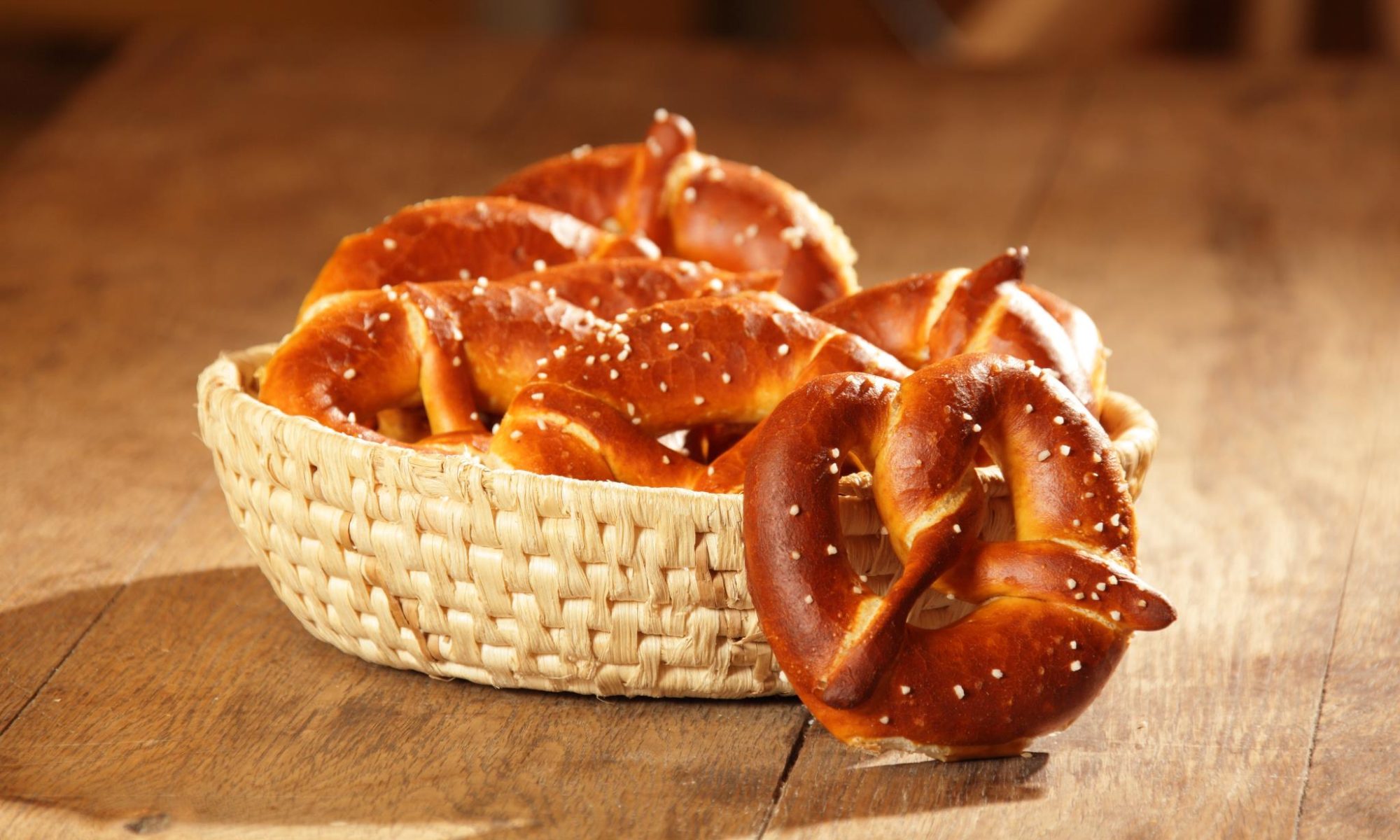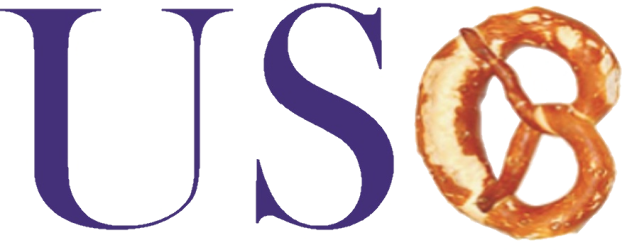Genetics Essentials – Lesson 5: Meiosis
5.1 Meiosis Defined
Meiosis produces gametes (egg and sperm cells).
During meiosis, hereditary info is exchanged involving the maternally and paternally inherited copies of a pair of chromosomes so that you can produce brand new combinations of genes. This method of hereditary recombination helps you to increase variability that is genetic a species. It allows when it comes to transmission of practically limitless combinations of genes from moms and dad to offspring.
The ensuing gametes have 23 brand brand brand new chromosomes, one person in all the 23 pairs, representing unique combinations associated with the original maternal and paternal copies.
5.2 Meiosis Terminology—Homolog
Homologous chromosomes , or homologs, comprise associated with people in any offered chromosome set. One person in the homolog may be the chromosome through the mom therefore the other member is through the dad.
During meiosis, homologs pair together.
5.3 Meiosis Terminology—Chromatid
A chromatid is created during meiosis and it is certainly one of my ukrainian bride two identical DNA strands formed after DNA synthesis.
Cousin chromatids are through the exact same chromosome, plus they are linked together during the centromere.
The classic drawing of a chromosome shaped such as the page X really illustrates sibling chromatids.
5.4 The 2 Elements Of Meiosis—Meiosis I
Meiosis is divided in to two components: meiosis I and meiosis II .
In meiosis We, each chromosome in a mobile is replicated to produce replicated sis chromatides for each person in the chromosomes that are homologous.
Real contact between chromatids may possibly occur, leading to the synthesis of chiasmata (through the Greek khiasma: to get a cross).
Chiasmata are believed to express the entire process of crossing over, or recombination , by which an trade of DNA between two of this four chromatids happens.
A chiasma happens one or more times per chromosome pair. Therefore, a parental haplotype (the arrangement of numerous alleles along a chromosome) will likely not stay intact upon transmission to an offspring but, rather, can be a unique mixture of the original maternal and paternal haplotypes.
After the procedure of crossing over, at the least two of this four chromatids become unique, or unlike those associated with the moms and dad.
The mobile division in meiosis we is known as the decrease unit as it leads to the reduced total of the chromosome quantity from diploid (cell has two copies of every chromosome, one maternal and something paternal chromosome) to haploid (cell has just one content of every chromosome, either maternally-derived or paternally-derived chromosome). During this period you should keep in mind the chromosomes that are remaining made up of the cousin chromatids, that may split in meiosis II.
5.4.1 Introduction
Many cells reproduce to create copies that are identical or child cells, for the true purpose of development or fix. This method is named mitosis. Nevertheless, parental gametes – the semen and egg cells – are unique from all the cells for the reason that they reproduce through a procedure called meiosis. The objective of meiosis would be to shuffle information that is genetic slice the cellular chromosome quantity by 50 percent, from 46 chromosomes to 23 chromosomes. This way, whenever an egg and sperm cellular combine during fertilization, the ensuing embryo will inherit the right number of unique hereditary information from each moms and dad.
If sperm and egg cells had been to divide and keep consitently the exact same wide range of chromosomes that other cells do, then your ensuing embryo will have twice the standard amount of chromosomes. For instance, then the resulting embryo would contain 92 chromosomes– a chromosome number not compatible with normal development or survival if a human egg and sperm each contained 46 chromosomes.
The entire process of meiosis involves two divisions for the hereditary product. The very first unit is named the decrease division – or meiosis we – given that it decreases the amount of chromosomes from 46 chromosomes or 2n to 23 chromosomes or n (n defines an individual chromosome set). In people, the decrease unit leads to two semen cells each with 23 chromosomes or an ovum with 23 chromosomes and something discarded polar human body. The 2nd division – or meiosis II – is named division that is equational. The 2 semen cells split once again producing four sperm cells, each with 23 or n chromosomes. In oogenesis, the ovum and polar body divide to create the ovum as well as 2 extra polar figures. This way, the offspring are guaranteed to have one 50 % of the chromosomes through the mom and another half through the father.

